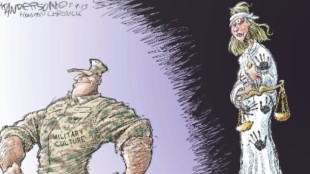Taking a Chance: Loot Boxes in Video Games and the Issue of Gambling
(Source) Loot boxes in video games are a controversial topic that has many people split on whether we should consider this in-game feature as a form of gambling. Many regard loot boxes as a “gambling-like” mechanic, which raises the concern of conditioning gamers, specifically underage gamers, to develop a gambling problem. Some video games use microtransactions in a way that allows gamers to use real-world money to purchase a guaranteed in-game item of their choosing. However, many popular video games use loot boxes, such as Overwatch. Gamers can earn loot boxes through gameplay or by purchasing them with real-world money. When opened, these loot boxes generate random in-game rewards such as virtual characters, skins, and equipment. Despite a gamer having the ability to unlock loot boxes by merely playing the game, there is concern over the purchasing aspect (with real money) of loot boxes. There is no guarantee of getting specific items when opening loot boxes due to their randomized system, and individuals can spend lots of money without ever receiving the item they want. There are instances in which children have spent a large amount of money trying to get prizes in games. In 2011, an 8-year-old spent [read more]










